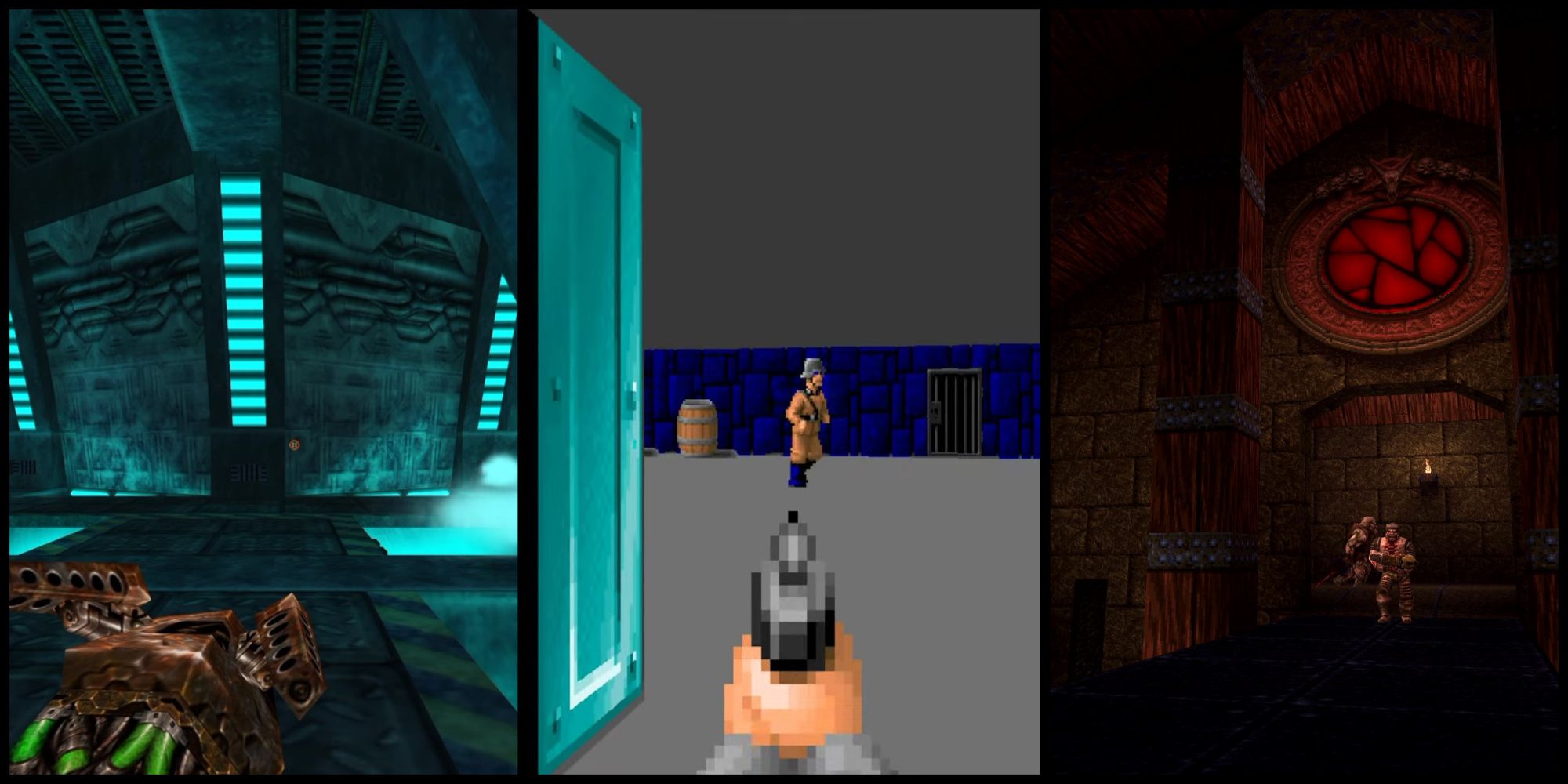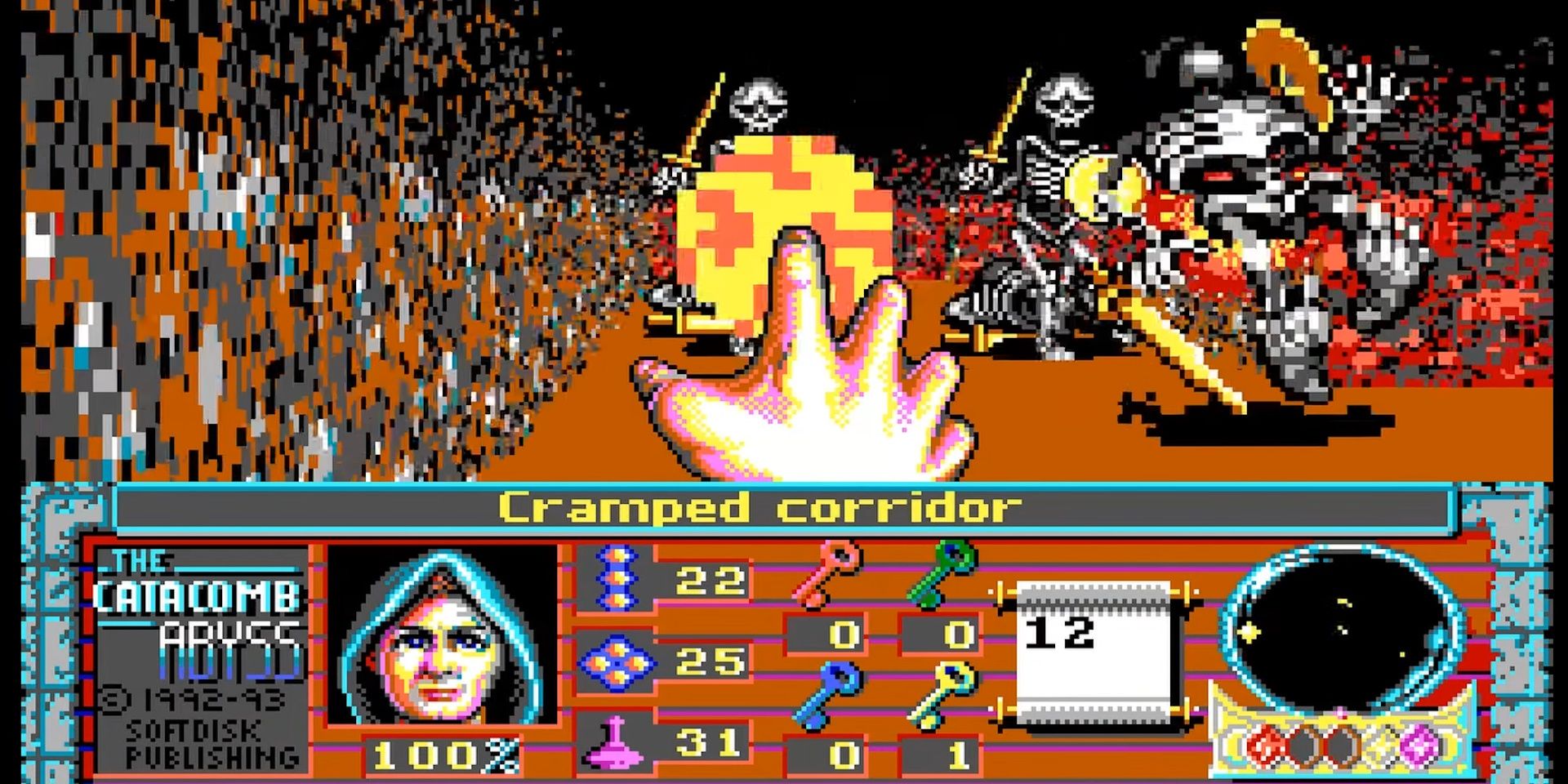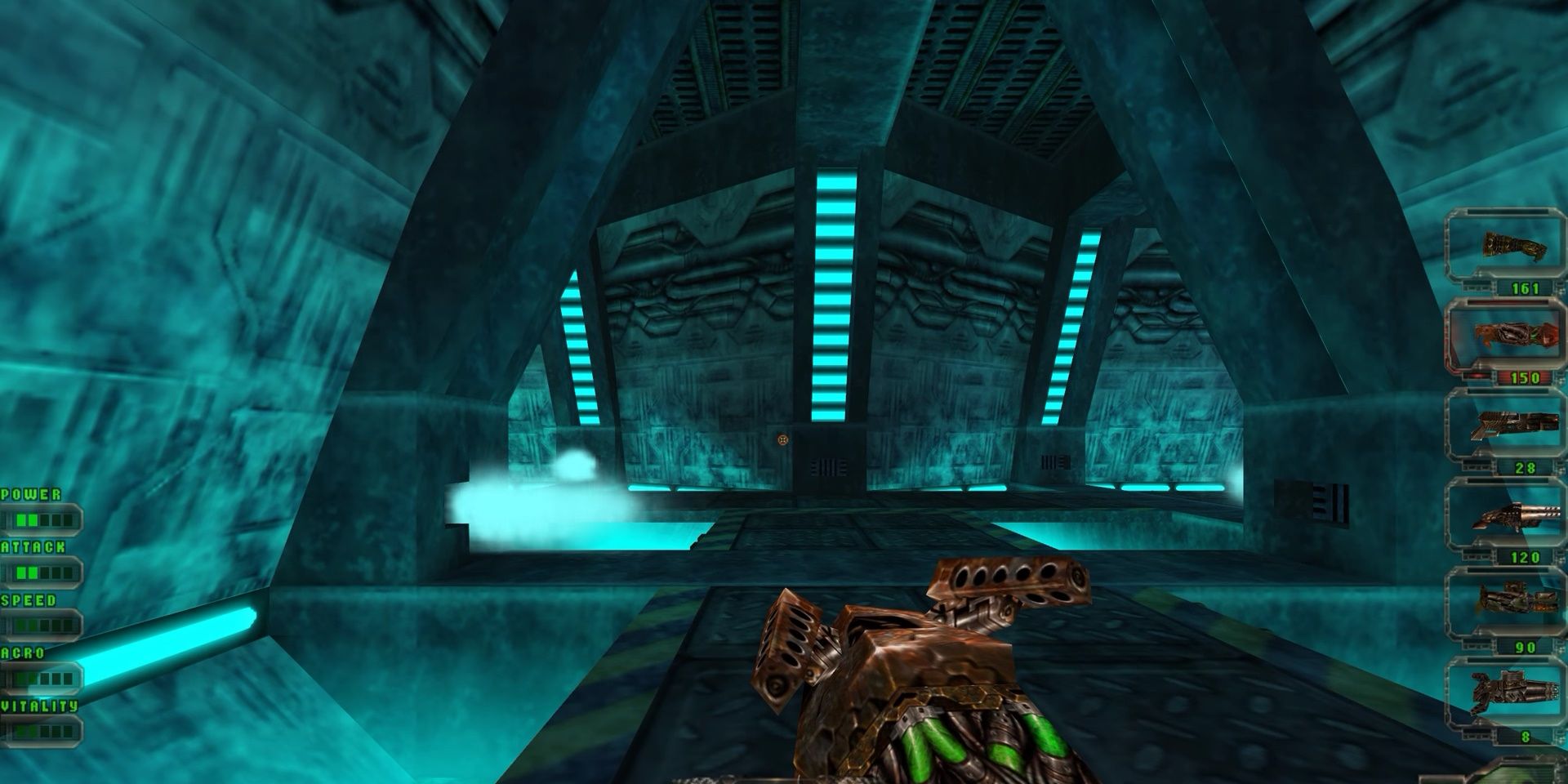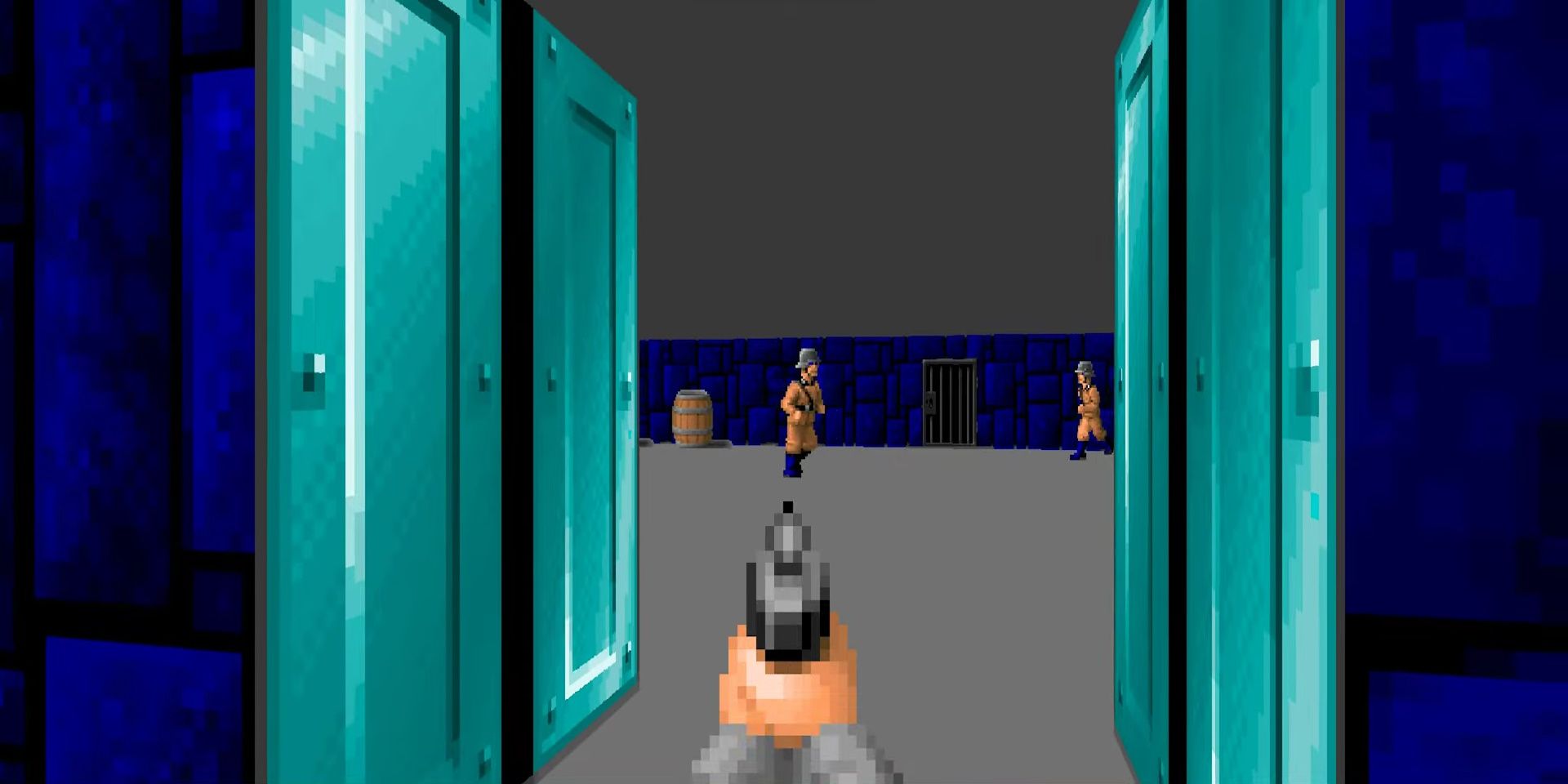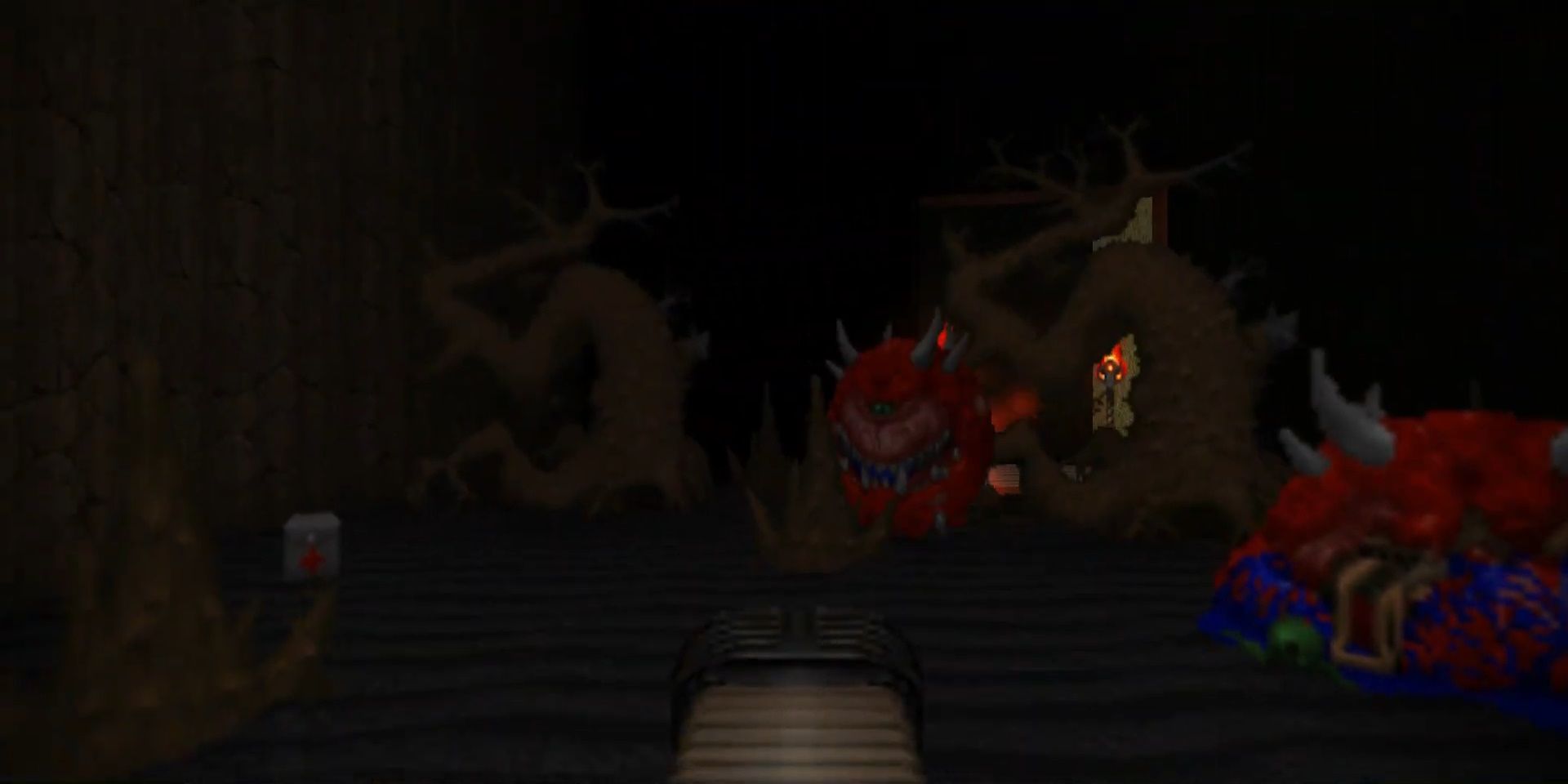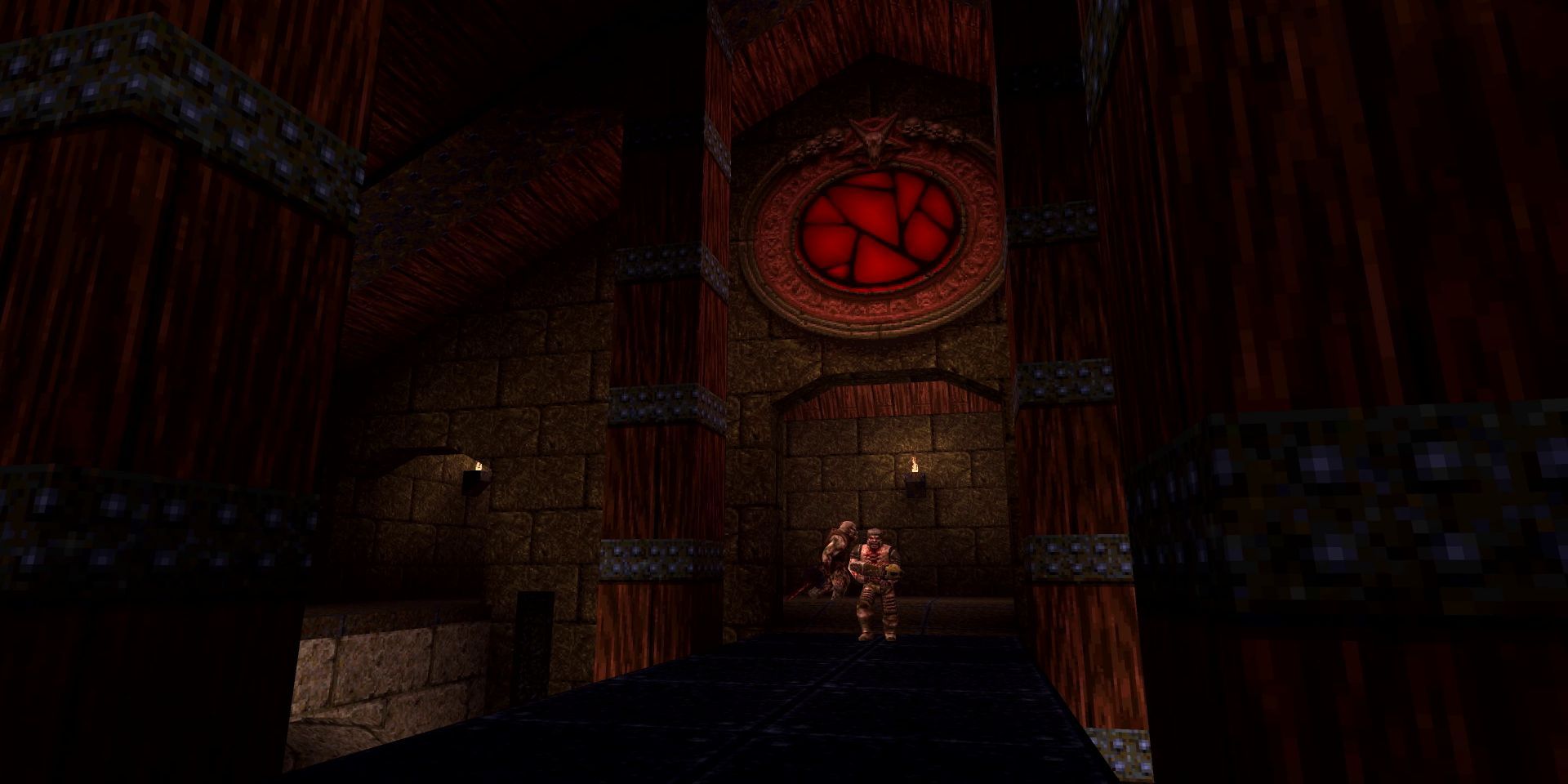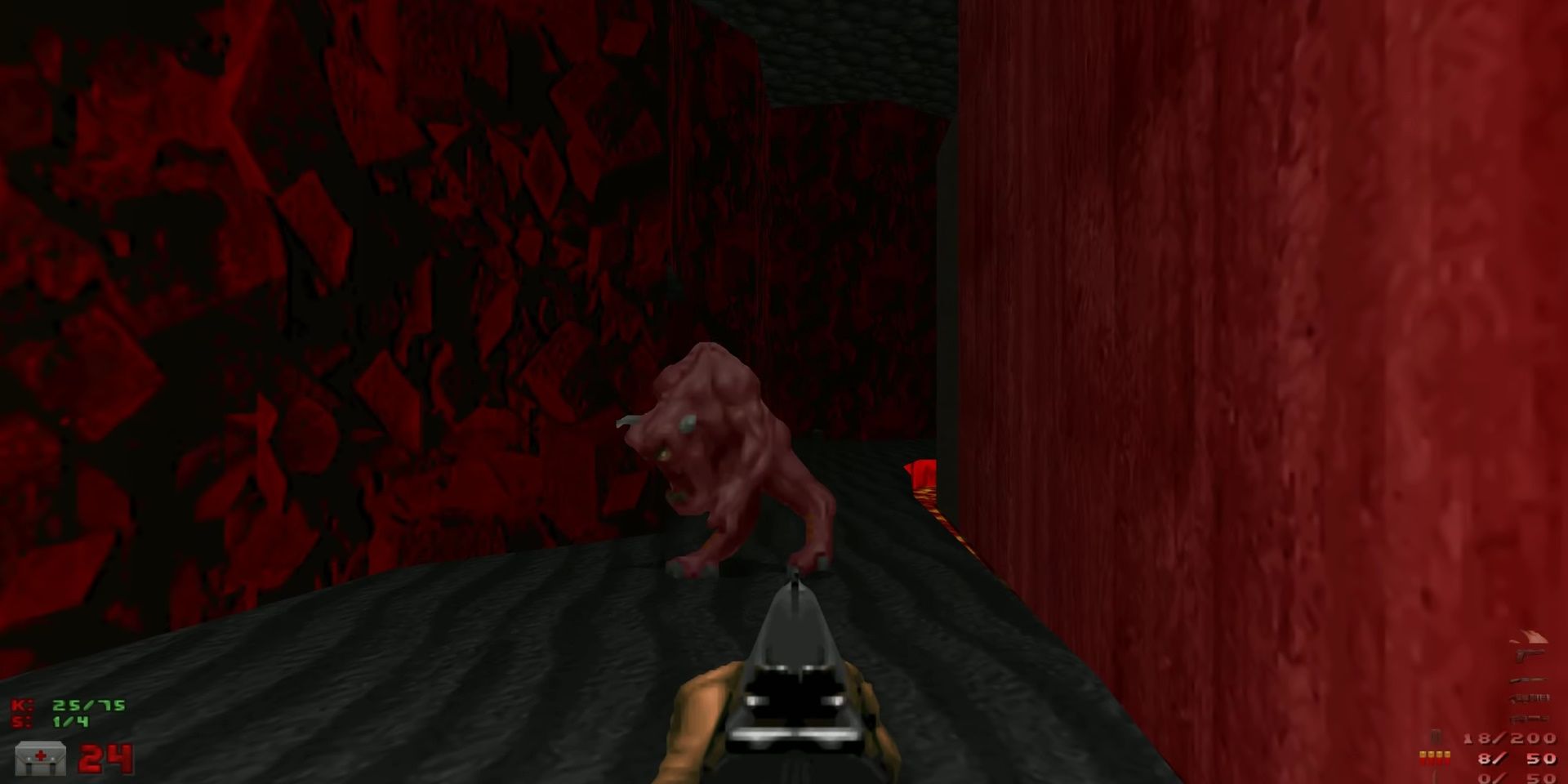Highlights
- Catacomb 3-D laid the foundation for Wolfenstein 3D, the game that solidified John Romero's place in gaming history.
- Daikatana faced a rough start but remains a quaint shooter, showcasing Romero's diverse range of work.
- Wolfenstein 3D revolutionized the FPS genre and influenced slow-paced tactical shooters, showcasing Romero's lasting impact.
John Romero is a true icon in video game development. While he is most known for his contributions to early shooters like Wolfenstein 3D and Doom, Romero’s career has been varied and multifaceted. He left id Software before the company shifted from producing multiple games a year to only a handful in a decade, and by looking at his ludography, it seems like part of him remained stuck in that time.
Romero, like everyone else at id Software, is mostly remembered for creating the modern first-person shooters. Starting with experimental titles like Hovertank 3D and Catacomb 3-D, the company soon found success with Wolfenstein 3D. Romero became an overnight celebrity, at least in the relatively small circles of gaming aficionados, so it’s no surprise if his most important games all have something to do with his time at id Software.
Catacomb 3-D
An Impressive Debut Title
Catacomb 3-D is one of the very first 3D games developed by id Software. Released in 1991, it once again implemented the first-person technology created for Hovertank 3D. This game would also be the groundwork for the creation of Wolfenstein 3D, the title that established John Romero and id Software as the most important developers in the genre.
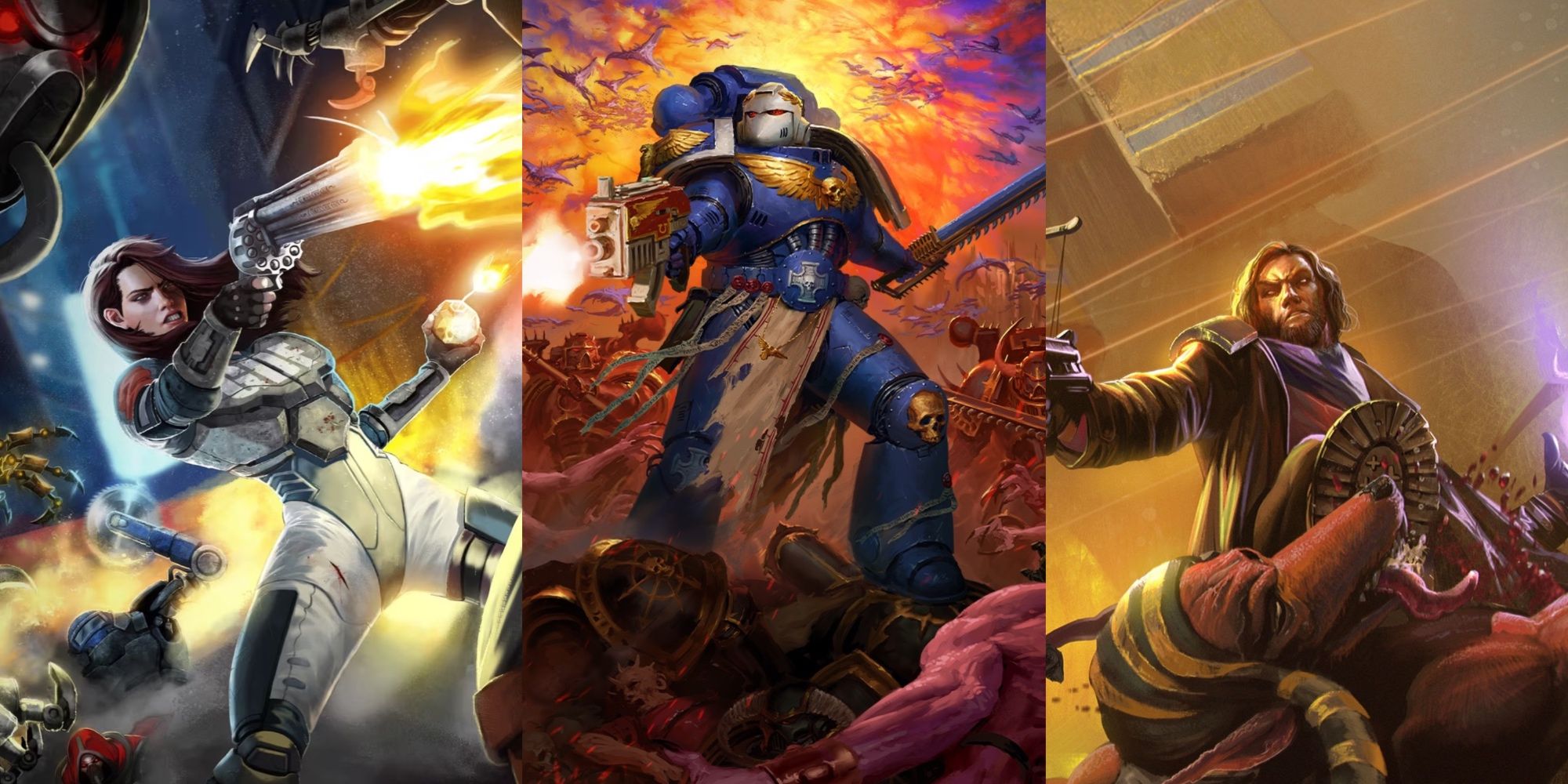
Best Modern Boomer Shooters, Ranked
Fans of 90s-era first-person shooters are sure to enjoy these engaging and immersive boomer shooter games.
As the name implies, Catacomb 3-D is a 3D remake of Catacomb, a top-down action dungeon crawler created by John Carmack a year prior. The series didn’t end with Catacomb 3-D either, with Softdisk producing three sequels, none of which were as influential as the original.
Daikatana
A Surprisingly Charming Shooter
Daikatana isn’t the most respected game in Romero’s catalog, but it’s far from the worst game ever created by the legendary designer. It was hated at launch, thanks in part to a disastrous advertising campaign. Playing it now, the game itself is surprisingly quaint. It’s not as revolutionary as Wolfenstein 3D or as good as Doom 2, but it’s easily better than most cheap shooters of the day.
What makes Daikatana’s story a bit sad is that this is the last game Romero directed for a long time. Almost all of its work following this release, for good or ill, was in the realm of mods and independent productions. All this for a passable game that couldn’t meet the expectations of being the next Doom.
Wolfenstein 3D
A Pioneer of the FPS Genre
Wolfenstein 3D
- Platform(s)
- 3DO , Atari Jaguar , Nintendo Game Boy Advance , PC , PS3 , SNES , Xbox 360 , Xbox One , Mobile
- Released
- May 5, 1992
- Developer(s)
- id Software
- Genre(s)
- FPS
Wolfenstein 3D doesn’t need any introduction as it’s arguably the game that put first-person shooters on the map. It skyrocketed the career of pretty much everyone involved with its creation, Romero included. And it’s still a fun time to this day, even if it’s really starting to show its age in a couple of places.
Fans of slower modern shooters will find plenty to like in Wolfenstein 3D. Even if it’s due to technical limitations, the slow speed of the game and the relatively fast reactions of your enemies make the gameplay a bit like tactical shooters. Even the scarcity of resources and abundance of secrets reinforce this slow playstyle.
Doom 2
Expanding on a Successful Original
Doom 2 is the kind of sequel that doesn’t really expand on the first game as much as it reiterates, refining some of the original’s ideas and adding its own spin to certain aspects. Doom 2 has more enemies, sure, but it mostly has heavier enemies that allow the designers to make more varied encounters than what can be found in the first Doom.
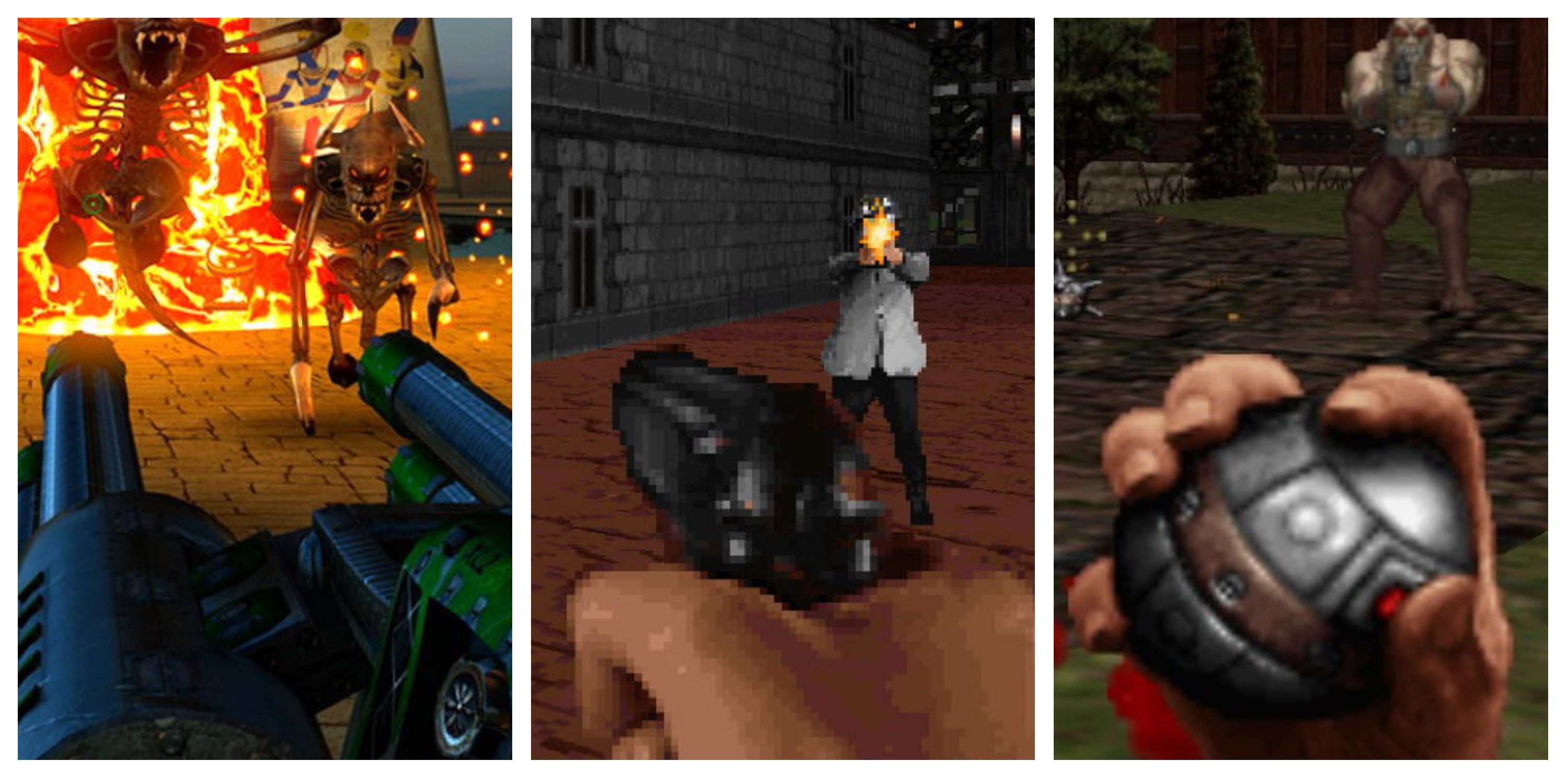
Boomer Shooters With Great HD Ports
Boomer Shooters are FPS titles from the 90s, beloved by fans old and new for their style. These HD ports showcase why they are loved so much.
The most important difference between the first two Doom games is the levels, mainly because the level design is what really makes those games. One only needs to look at how much those games change from episode to episode and level pack to level pack, following the design sensibilities of different designers.
Quake
Setting The Standard For Modern Day FPS
Quake
- Platform(s)
- PC , Switch , Nintendo 64 , PS4 , PS5 , Xbox One , Xbox Series X , Xbox Series S , Sega Saturn
- Released
- May 22, 1996
- Developer(s)
- id Software
- Genre(s)
- First-Person Shooter
Even if it came after some innovative and influential shooters, Quake still managed to eclipse id Software’s previous games, at least for a time. Just as playing through Wolfenstein 3D became much harder after the release of Doom, Romero’s space demon saga instantly began looking outdated with the release of Quake.
Quake isn’t the first game set in a truly 3D world, but it’s certainly the one that made FPSs move to fully polygonal worlds. It also pioneered a lot of what is now given for granted in online shooters, like bunny hopping and rocket jumping.
Doom (1993)
A Name Synonymous With The FPS Genre
For a long time, Doom was the most well-known name in first-person shooters and perhaps in PC gaming as a whole. It's quite an achievement for a game that was developed in only a year and came right after the revolution that was Wolfenstein 3D. But compared to this predecessor of sorts, Doom is a much more immediate, enjoyable experience.
There are plenty of old games that modern players can find a lot of fun in, assuming they put in the time and maybe imagine them in their original context. Doom isn’t like that, it's as great now as it was then. Part of this is due to the amount of fan support it has had during the years, as fueled by the free release of the game’s source code in 1999.
Sigil
Filled In The Gaps Between Doom and Doom 2
Sigil is a fully original game in the form of a Doom mod. It’s worth mentioning because this package contains some of the best levels in the entire series. Soon after the mod had been released online, current Doom IP owner Bethesda added the level pack to the official releases of Doom, Doom 2, and Final Doom.
Unlike most traditional games, including sequels like Doom 2, Sigil is clearly meant to be played after the original Doom chapters. This makes sense because, narratively, Sigil fills a hole in the story of Doom between the end of the first game and the beginning of its sequel. Because of this, Sigil is a lot harder than any standalone Romero game to this point.
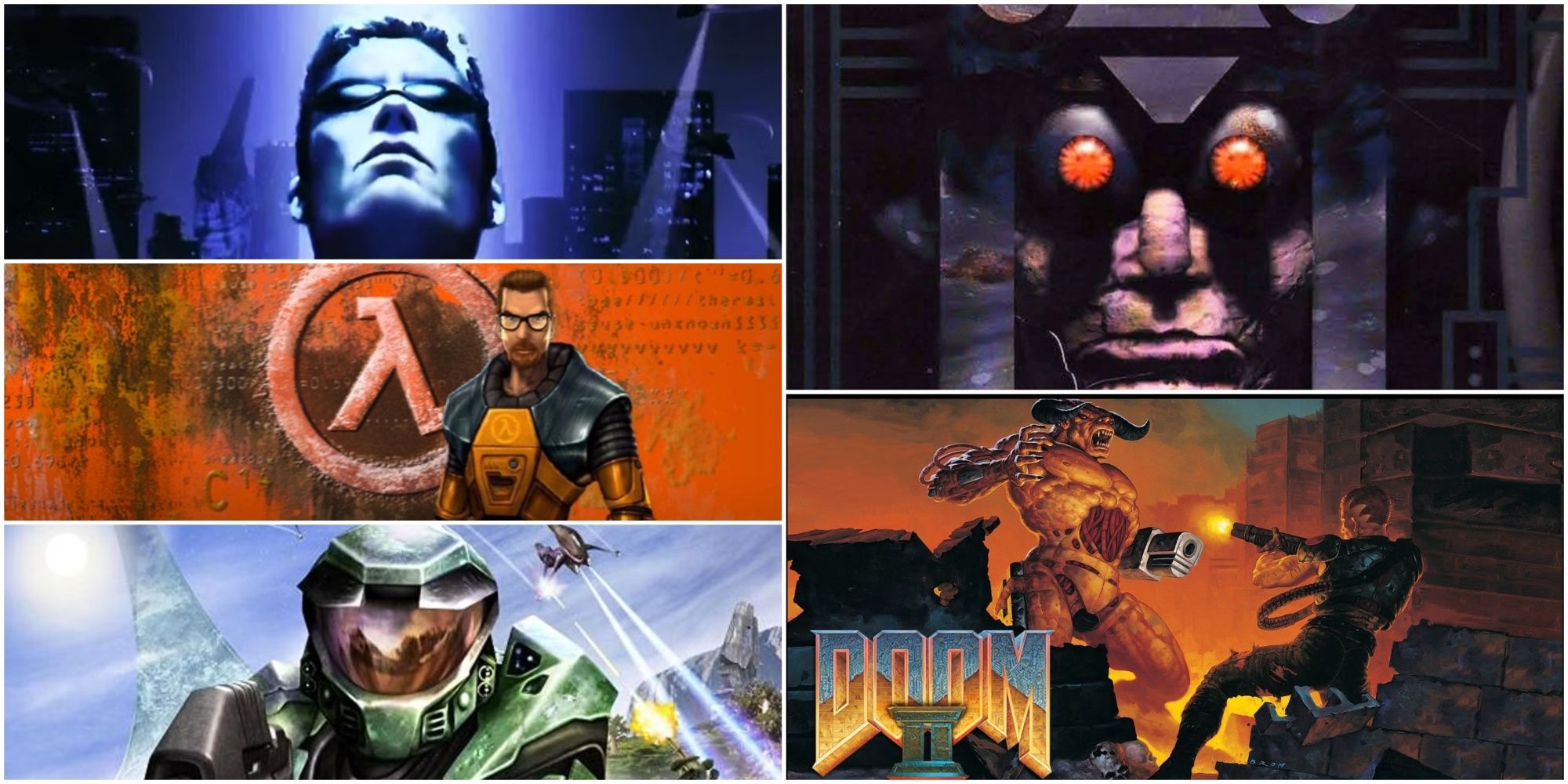
The Best Years For First Person Shooters In Gaming History
First-person shooters are as popular as ever, but they were especially noteworthy during these particular years.

